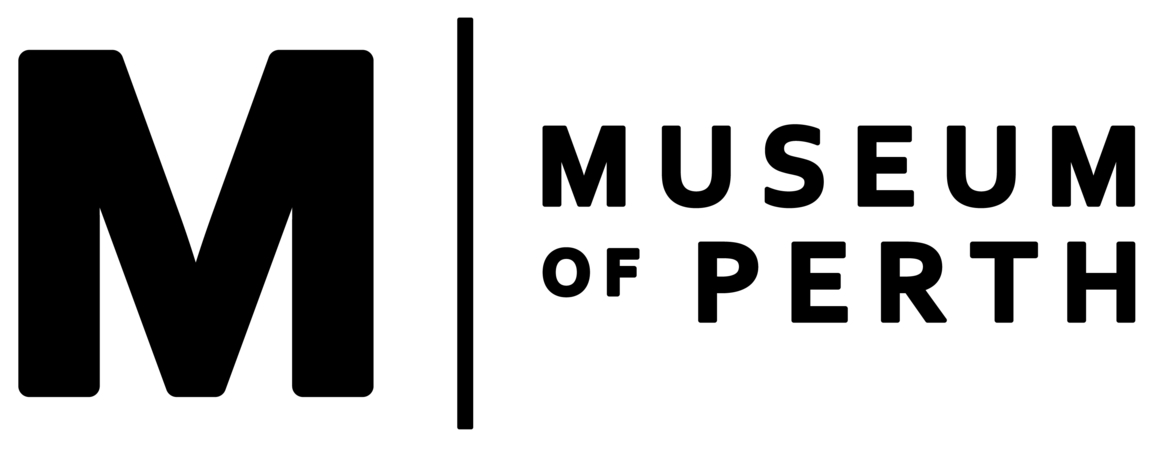MICHAEL FRANCIS CAVANAGH
Born: 1860, Beechworth, Victoria
Died: 29 May 1941, Subiaco, Western Australia
Occupation: Architect and Councillor
Hometown: Perth, Western Australia
Born in north-east Victoria to Mary Josephine (nee Lyons) and John Charles Cavanagh, a building contractor, he received his early schooling in Beechworth before moving with his family to Adelaide, South Australia, in 1881. There he studied at the South Australian School of Art and went into the civil service in the Architect-in-Chief’s Department, where he received his training in architecture.
In 1886 he travelled to England to undertake further study at the Royal Academy in London and at the South Kensington School of Arts which gained him a Diploma of Art and an Associateship with the Royal British Institute. He then worked in London for six months while studying ancient and modern architecture, at the end of which he was appointed Fellow of the Royal Historical Society.
He returned to Adelaide and the Architect-in-Chief’s Department in the late 1880s; this time at the position of Chief Draftsman. In 1891 he left the civil service and went into private practise with his younger brother, James, in Messrs M F and J C Cavanagh (later Cavanagh and Cavanagh).
Cavanagh was civic-minded and invested in history, its preservation and availability. He was on the Board of Governors of the South Australian Public Library, South Australian Museum and Art Gallery of South Australia. He was also President of the South Australian Institute of Architects and a councillor with the Adelaide City Council.
In 1895 he came to Western Australia and established branches of their business in Hay Street, Perth, and Cliff Street, Fremantle.
He married Dorothy La Poer Trench on 11 May 1897 and they made their home at ‘Onkaparinga’, 21 Altona Street, West Perth. In time they had three children; Dorothea in 1899, Jack in 1900, and Brendan in 1904.
He loved to hunt and ride, and was a keen member of Perth Hunt Club for a number of years. He also helped found and build the Kings Park Bowling Club in 1903 and served as its President in 1907. In his later years with his son Jack, he purchased ‘Dinninup Downs’, a fine pastoral property at Muradup, near Kojonup.
During the four decades of his architectural career Michael Cavanagh was either solely or partly responsible for the design of many of Perth’s grandest and most significant buildings, both Catholic and non-religious, including Christian Brothers’ College on St George’s Terrace (1895), the Great Western Hotel (now The Brass Monkey) in 1896, the Esplanade Hotel and St Brigid’s Convent (1898), Perth Fire Station (1900), the Redemptorist Monastery in North Perth and Foy & Gibson’s, Perth (1903), alterations to St Mary’s Cathedral (1924) and the first building at Aquinas College in South Perth (1937).
In March 1941 Cavanagh’s health began to deteriorate and he died two months later, aged 82.
By Shannon Lovelady
Story from Demolished Icons of Perth
Michael Francis Cavanagh c1897, courtesy State Library of South Australia.
Michael Francis Cavanagh in Truth, 12 December 1903
Esplanade Hotel (1898-1972)
Michael Francis Cavanagh as depicted in The Daily News, 2 April 1929, during reconstruction of St Mary's Cathedral.
Michael Francis Cavanagh in later life.
